How Anime Became Popular in India: From TV Dubs to OTT Platforms 2025
The anime influence in India has been growing for some time now, and many people have developed a distinct interest in anime. What was once limited to a handful of children watching Pokémon or Dragon Ball Z on TV has now become an entertainment form embraced by millions. From college students watching Attack on Titan on Netflix to fans wearing Naruto T-shirts at Comic Con India, anime has cemented its place in Indian pop culture.
But the journey to anime’s success in India has been extraordinary. Anime began in India years ago with dubbed shows on Cartoon Network and Hungama TV, but the real change came with the rise of streaming platforms, fan communities, and social media. By 2025, anime will no longer be “just cartoons,” but a lifestyle and a growing industry that includes OTT platforms, events, and merchandise.
In this article, we’ll explore how anime became popular in India, tracing its evolution from TV dubs to its dominance on OTT platforms. We’ll also delve into why anime is resonating so deeply with Indian audiences. Finally, we’ll share five must-watch anime series for beginners just around the corner.
The Early Days: Anime on Indian Television
Long before OTT platforms like Netflix and Crunchyroll brought anime to India, television introduced anime to the anime fan. For many Indian children growing up in the late 1990s and early 2000s, it was their first experience with anime, even if they didn’t realize it at the time.
Channels like Cartoon Network, Hungama TV, Pogo, and Animax played a key role in popularizing shows that later became cult classics. Series like Dragon Ball Z, Naruto, Pokémon, Beyblade, Shinchan, and Doraemon became household names. At the time, children would rush home after school to watch the next episode. These anime were often dubbed in Hindi or regional languages, making it easier for viewers across the country to watch.
While anime was winning the hearts of young people, it was also considered a stigma. Many adults dismissed it as “just cartoons” for children, as they didn’t understand the emotional depth, storytelling, and cultural richness of anime at the time. This misconception resulted in anime remaining obscure for years, mostly viewed by schoolchildren and a small community of enthusiastic fans.
Despite all these problems, the early TV dubs helped anime gain popularity in India. They introduced an entire generation to Japanese animation, sparking curiosity among viewers.
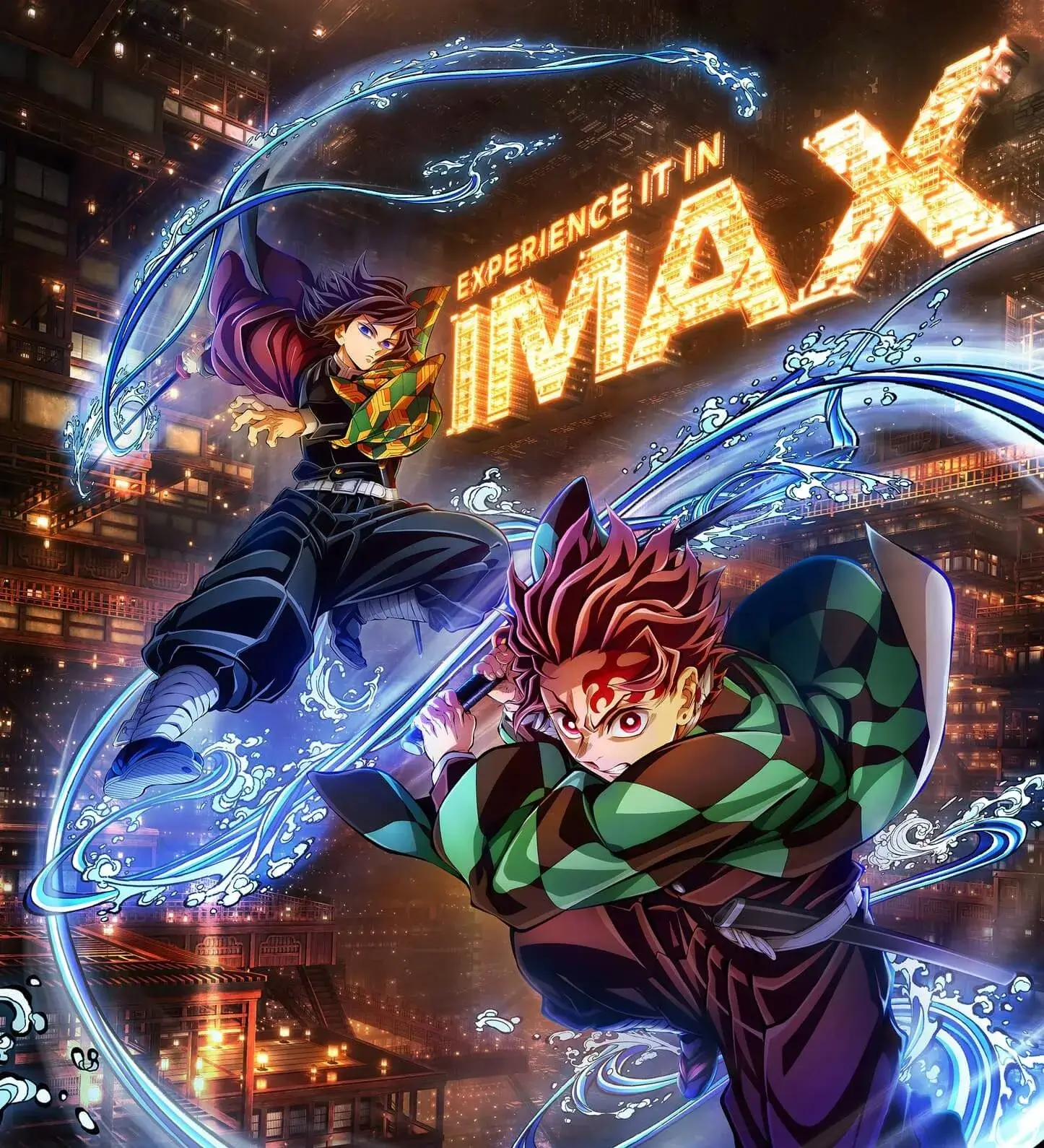
🎬 Demon Slayer Infinity Castle Movie Released
Explore the Hindi release date, fan reactions, and complete details of Demon Slayer: Infinity Castle — the most awaited anime film of the year.
Read Full Story →The Growth of Fan Communities (2000s–2010s)
By the year 2000, anime in India gradually evolved from a childhood hobby into a fandom. With limited shows available on TV channels, fans turned to the internet to explore the world of anime. This was the era of torrent downloads, fan-submitted episodes, and YouTube clips, providing access to anime that had never aired on Indian television.
Online forums and early social media platforms became meeting places for anime lovers. Communities emerged on Orkut, Facebook groups, Reddit, and later, Instagram, where anime fans discussed new episodes, shared information about new anime, and debated their favorite characters. For many, discovering these spaces felt like finding a hidden family that “made sense.”
Offline, anime fandoms also began to make their mark. Comic Con India and similar pop culture conventions introduced special anime-themed zones, cosplay contests, and merchandise stalls. For the first time, Indian fans could publicly and celebratoryly express their love for Naruto, One Piece, or Death Note.
Hashtags like #IndiaWantsAnime also began trending, highlighting the growing demand for anime content in the country. College campuses and state-level anime clubs became hubs for screenings, cosplay, and discussions, giving this subculture a strong foothold.
By the late 2010s, these communities played a vital role in spreading anime culture in India. While access was limited, they kept the flame alight and set the stage for the OTT revolution that was soon to sweep through.
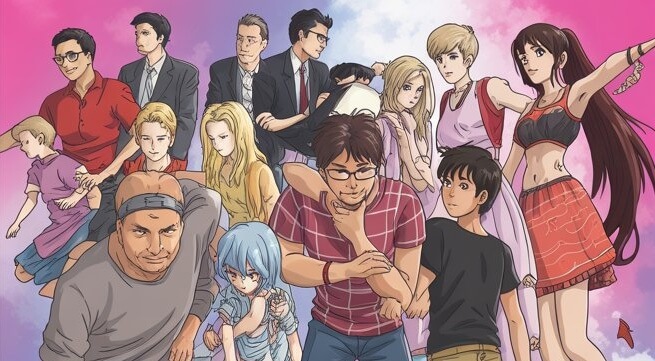
The OTT Revolution (2018–2025)
If the 2000s and early 2010s were about fan communities keeping anime alive in India, the OTT era has completely changed that. The advent of streaming platforms in India has made anime more accessible than ever.
Netflix, Amazon Prime Video, and Crunchyroll pioneered this field, offering a growing library of anime with subtitles and eventually Hindi and regional dubs. For many Indian viewers, this was the first time they could watch high-quality, legal anime without relying on DVDs, pirated sites, or fan uploads.
The COVID-19 pandemic in 2020 proved to be a turning point. With millions of people staying at home, streaming platform subscriptions surged, and anime benefited greatly. Many hit shows like Attack on Titan, Demon Slayer, and Jujutsu Kaisen became popular, trending on social media, and attracting entirely new audiences.
Another factor was the power of algorithms. Platforms like Netflix began recommending anime to users who had never considered watching it before, sparking curiosity and turning even casual anime viewers into lifelong fans. Meanwhile, Crunchyroll expanded into India, offering simulcast releases that allowed fans to watch the latest episodes simultaneously with those in Japan. This was a dream come true for anime fans.
By 2025, anime had become a major pillar of Indian OTT entertainment, alongside Korean dramas and Hollywood series. Local streaming platforms like JioCinema and Disney+ Hotstar also began testing anime content, officially transforming anime from niche fan-favorite to mainstream entertainment in India.
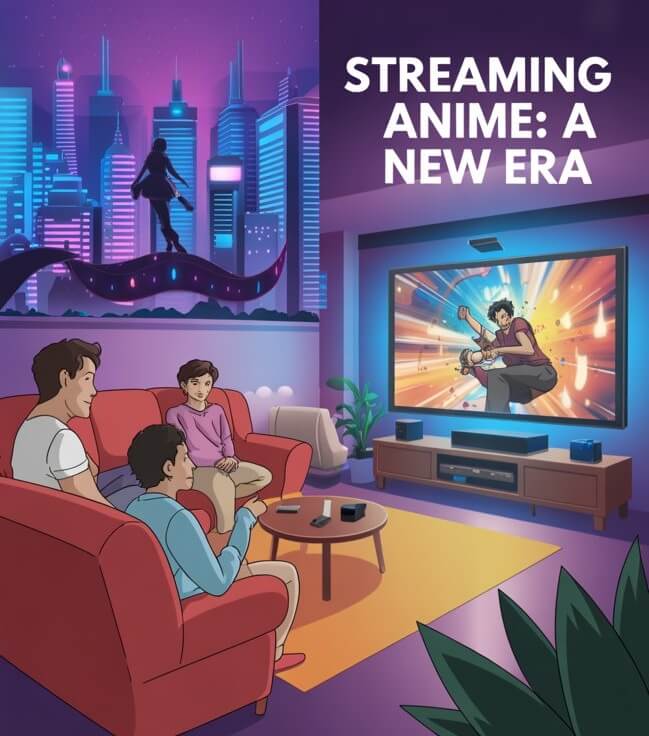
Case Study: Demon Slayer’s Breakthrough in India
A clear sign of anime’s mainstream penetration was seen in 2021 when Demon Slayer: Mugen Train was released in Indian theaters. Having already broken records in Japan, the film attracted a significant fan following in cities like Mumbai, Delhi, and Bangalore. Fans cosplayed their favorite characters, social media was abuzz with excitement, and the film’s success proved that Indian audiences were fully prepared to watch anime on the big screen.
When the film later arrived on OTT platforms, its fan following increased even further. The superb animation, emotional story, and sibling bond made it a highly anticipated film among Indian anime fans. This success paved the way for more theatrical releases and strengthened the case for OTT platforms to invest heavily in anime content for Indian audiences.
By 2025, anime had become a pillar of Indian OTT entertainment, alongside Korean dramas and Hollywood series. Local streaming platforms like Jio Hotstar are also testing anime content, officially transforming the genre from niche fan favorites to mainstream entertainment.
Why Did Indian Audiences Like Anime?
The rise of anime in India isn’t just a matter of accessibility, it’s a matter of connection. Its stories, characters, and themes resonate deeply with Indian audiences, making anime feel more personal than many other global entertainment formats. Learn what makes it so popular in the following description:
1. Relatable Themes and Characters
Anime often depicts struggles that Indian audiences find familiar: overcoming adversity, pursuing dreams, valuing friendship, and finding a balance between tradition and modern life. Anime characters like Naruto, about an outcast who becomes a hero, or Tanjiro in Demon Slayer, who fights to save his sister, resonate deeply with Indian fans.
2. Emotional and Philosophical Depth
Contrary to the stereotype of “children’s cartoons,” anime often explores complex themes such as loss, love, war, identity, and morality. Shows like Attack on Titan raise deep questions about human existence and humanity, while Your Name explores love and destiny. This emotional diversity captivates fans of all ages.
3. Fresh Alternative to Mainstream Entertainment
For many young Indians, anime offers a break from repetitive TV dramas or the stilted stories of Bollywood. Its unique art style makes it stand out in a crowded entertainment market.
4. Social Media and Word of Mouth
Instagram Reels, YouTube edits, and anime memes spread like wildfire on social media. Viral content introduced anime to people who had never considered watching it before. Furthermore, friends began recommending anime to their friends, and suddenly entire groups of students or offices were discussing the latest episodes.
5. The Pandemic Effect
The lockdown gave people more time to discover new anime content, and anime embraced it fully. The constant stream of must-see series on Netflix and Crunchyroll kept fans glued to their screens and expanded anime’s reach in India’s tier-1 and tier-2 cities.
In short, anime became popular because it was emotional, inspiring, and different, and also because fans found ways to share that love with others.
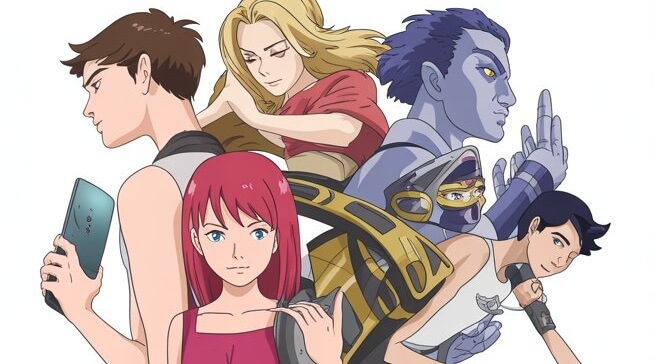
Rise of Anime Merchandise in India
As the anime craze spread to India, it led to a huge demand for anime merchandise. From Naruto hoodies and Attack on Titan Scout Regiment T-shirts to posters, stickers, and Funko Pops, fans proudly displayed their love for anime.
Local startups like The Souled Store and Redwolf, in collaboration with independent Instagram artists, capitalized on this craze with affordable, creative anime-inspired products, while events like Comic Con India gave fans a platform to purchase exclusive merchandise, cosplay, and connect with the community.
OTT platforms also joined in, promoting anime with official merchandise drops, further cementing anime as a mainstream cultural force. For Indian fans, owning anime merchandise became more than just a purchase. It became a way to connect, express identity, and proudly declare, “I’m an otaku.”
OTT Platforms: The Game-Changer for Anime in India
The real turning point for anime in India came with the rise of OTT platforms. OTT platforms made high-quality anime easily accessible to millions of viewers. Previously, fans had to rely on pirated sites or late-night TV broadcasts, but platforms like Crunchyroll, Netflix, Amazon Prime Video, and even YouTube changed the game by offering official anime streaming with subtitles and dubs.
Crunchyroll emerged as a favorite anime hub for anime lovers, while Netflix invested heavily in anime originals and classics, introducing a new audience to the medium. The availability of anime dubbed in Hindi and regional languages further broadened access, breaking the “language barrier,” and series like Demon Slayer, Jujutsu Kaisen, and One Piece became household names.
The Role of Fan Communities and Social Media
If OTT platforms brought anime to Indian screens, it was anime fan communities and social media that fueled it. Online groups on Facebook, Reddit, and Discord became safe havens where Indian otaku discussed their favorite anime series, debated anime stories, and shared fan art. Instagram Reels, YouTube edits, and anime memes have spread anime beyond hardcore fans, turning characters like Itachi, Levi, and Goku into viral sensations.
Fan-based events like cosplay contests, anime quizzes, and Comic Con meetups have helped connect with real-world audiences. This blend of online and offline fandom has transformed anime into a cultural movement rather than just a genre, uniting fans of all ages and backgrounds around a shared passion.
Challenges Anime Still Faces in India
Although anime is growing rapidly in India, it still faces some challenges. Many people think anime is only for children, so it doesn’t always get the recognition it deserves. Piracy is also common these days, as not all shows are officially available or released on time.
Limited regional dubbing makes it difficult for non-English or non-Hindi speakers to enjoy anime. Furthermore, anime is often expensive, and there aren’t many anime-focused programs or theaters yet. These obstacles indicate that while anime is popular, it still has a long way to go in India.
Conclusion
Anime in India has progressed from a niche to the mainstream, and its popularity is set to grow even further in 2025. With streaming platforms, fan communities, and merchandise making it more accessible, anime has become an integral part of the youth.
However, challenges such as piracy, limited dubbing, and high merchandise prices remain. As more platforms invest in anime and events increase, India is poised to become one of the fastest-growing anime fan bases in the world. For newcomers, this is the perfect time to discover the magic of anime.
Follow TheReviewNow for more updates
Fresh OTT news, Anime, trailers, reviews & trending stories—delivered first.
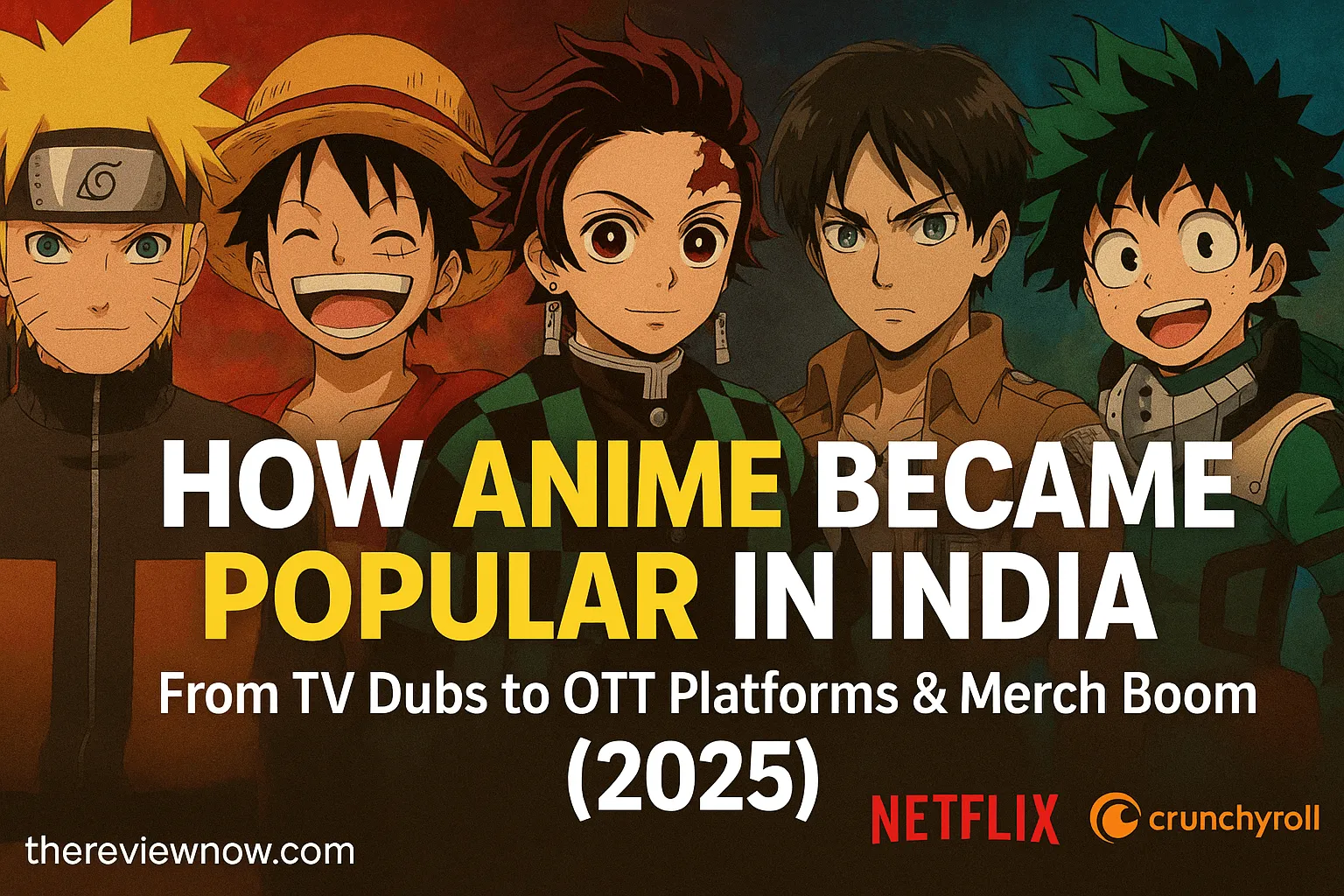


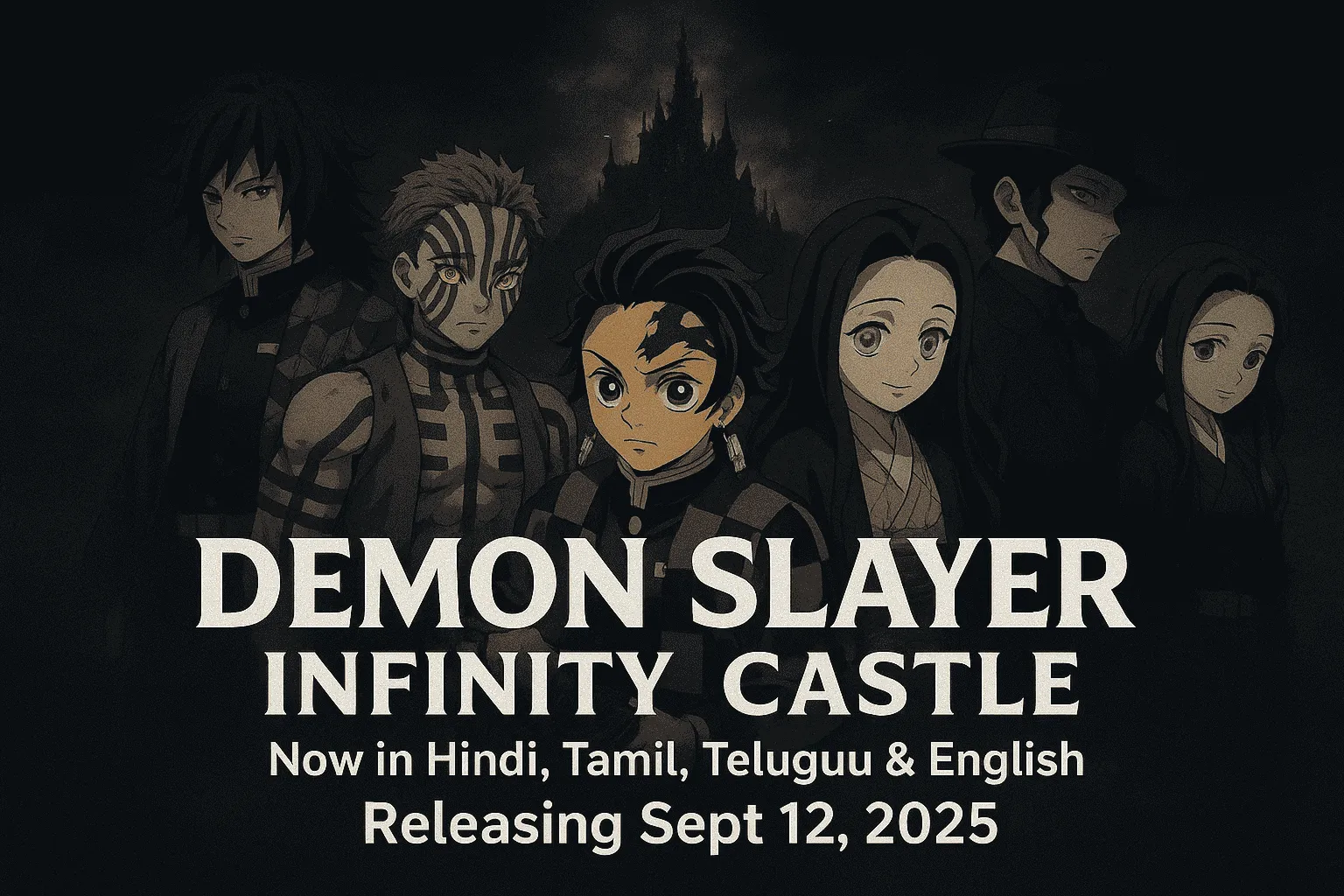
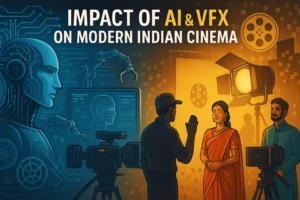
Post Comment